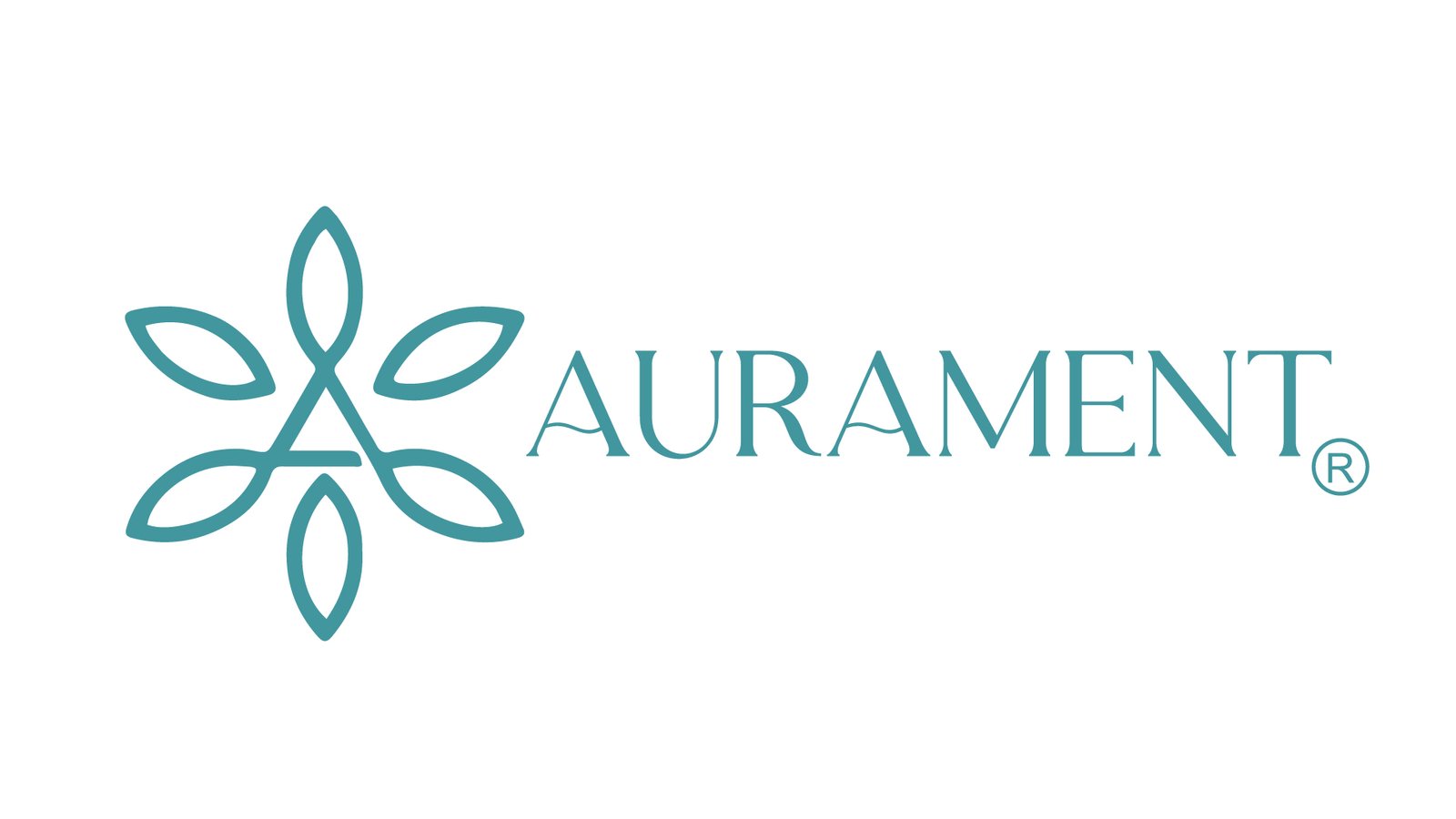Introduction
In an environment where global diamond markets are rapidly changing, such as today, surety in the quality, authenticity, and value of a diamond can be the most important aspect for B2B buyers. Being informed about diamond certification is not only wise, it’s essential. Because there are a number of certification bodies, such as GIA, IGI, and SGL in the marketplace – it is important to understand that each of these certification authorities provide their own grading with some variations. Knowing the differences is critical to being able to make smart purchase decisions. This guide deconstructs the most popular certification bodies, discusses the differences in grading, and discusses processes of certification for natural diamonds and lab-grown diamonds.
What is Diamond Certification and Why Does it Matter for B2B Buyers?
Diamond certification is an independent assessment performed by a gemological laboratory that documents a diamond’s quality based on the Diamond 4Cs carat, cut, clarity, and color—plus additional attributes like fluorescence, proportions, and symmetry. For B2B diamond buyers, certification provides a transparent, unbiased evaluation that protects against fraud, assures consistent quality, and facilitates resale or further manufacturing.
Major Diamond Certification Bodies: GIA, IGI, SGL & Others
- GIA (Gemological Institute of America): The gold standard of certification, known worldwide for strict grading methodologies and consistency. It is the most recognized authority for natural diamonds.
- IGI (International Gemological Institute): Popular for both natural and lab-grown diamonds, IGI certificates are widely accepted in retail and wholesale markets though its grading is generally considered slightly more lenient than GIA.
- SGL (Solitaire Gem Labs): Known for fast turnaround and accurate certifications, SGL is gaining traction especially for lab-created and smaller diamond parcels.
- Others: AGS, HRD Antwerp, EGL, DGLA, etc., each having unique grading philosophies and market acceptance, with some regional strengths.
Differences in Grading Standards and Report Formats
Certification labs vary in their strictness:
- GIA uses very stringent criteria, particularly on cut and color grades, leading to high trust but sometimes fewer stones meeting “top grades.”
- IGI is more lenient on color and clarity, which may allow stones to appear higher graded, often favored for volume and cost effectiveness.
- SGL offers reliable grading, especially efficient for smaller batches or lab-grown diamonds.
Reports differ in presentation, with GIA offering detailed diagrams of inclusions, proportions, and polish/symmetry scores. IGI and SGL reports may be simpler but still comprehensive.
Supply Chain Considerations for B2B Diamond Buyers
Modern B2B diamond buyers benefit from:
- Multichannel sourcing: mines, wholesalers, online exchanges
- Emphasis on ethical sourcing—conflict-free mines, transparent chains
- Best practices in logistics and insurance for high-value shipments
Supply chain transparency assures business partners and end-customers about origin and value.
Why Certification is Critical in B2B Transactions
- Fraud Prevention: Certified diamonds come with a tamper-proof report that validates quality.
- Standardized Purchasing: Enables buyers and sellers to operate on a common grading language.
- Price Negotiation: Certified grading justifies pricing and supports bulk order audits.
Certification Processes for Natural vs. Lab-Grown Diamonds
- Both natural and lab-grown diamonds undergo rigorous certification, but lab-grown diamonds usually come with additional disclosures about their origin.
- Labs like GIA and IGI have formal programs certifying lab-grown stones separately from natural, including specific grading criteria for growth method and origin.
- Certification for lab-grown stones assures buyers of ethical sourcing and clear differentiation to maintain market integrity.
Three Essential Points for B2B Buyers
- Always verify certificates directly through the certifying lab’s online database or QR codes.
- Demand certification for every diamond batch—even for quick purchases—to avoid surprises.
- Leverage certification documentation as a strategic advantage during negotiations or when building traceable supply chains.
Conclusion
For B2B diamond buyers, mastering the nuances of diamond certification from GIA, IGI, SGL, and others is indispensable. Certification not only safeguards investment but also empowers buyers with trusted information for sourcing, pricing, and resale. With lab-grown diamonds becoming increasingly common, reliable certification is more essential than ever to ensure transparency and market confidence.
Ready to elevate your business with expertly certified diamonds? Partner with a trusted Custom Diamond & Lab Grown Diamond Jewelry Manufacturer
FAQs
Use official lab websites to check certificate numbers or scan QR codes embedded on the report.
Yes, GIA-graded diamonds often command higher prices due to stricter standards.
GIA and AGS are widely recognized globally; IGI and SGL are accepted but may be more regional or lab-grown focused.
Lab-grown certification includes verification of origin and growth method, alongside quality grading.


